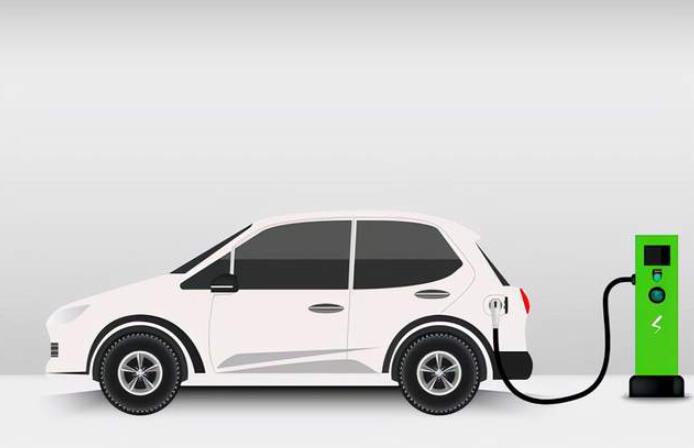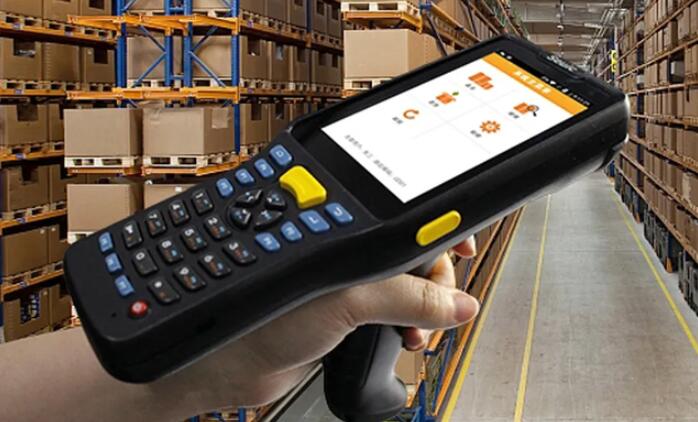
How to charge bike battery
How to charge your bike battery correctly and efficiently? Here you can learn how to charge your bike safely. Charging a bike battery, especially an electric bike, is a simple process.
Lithium batteries have become the preferred choice for numerous electronic devices and applications due to their high energy density, long cycle life, and lightweight design. These rechargeable power sources have revolutionized various industries and transformed the way we use portable electronics. In this article, we will explore the wide range of lithium battery application products that have become integral to our daily lives.
1. Smartphones and Tablets: Lithium-ion batteries power the majority of smartphones and tablets available today. These compact and high-capacity batteries provide the necessary energy to support the extensive features and functions of modern mobile devices.

2. Electric Vehicles (EVs): Lithium batteries are at the heart of the electric vehicle revolution. Electric cars and hybrid vehicles utilize advanced lithium-ion battery packs to store energy and power their motors. These batteries offer high energy density, long cycle life, and fast charging capabilities, making them ideal for transportation applications.

3. Power Tools: Lithium-ion batteries have replaced traditional nickel-cadmium (NiCd) batteries in power tools such as drills, saws, and impact drivers. Lithium batteries provide higher power output, longer run times, and reduced weight, improving the efficiency and usability of these tools.

4. Drones: The popularity of drones has soared in recent years, and lithium batteries have played a crucial role in their development. Lithium polymer (LiPo) batteries are commonly used in drones due to their lightweight design, high energy density, and ability to deliver the required power for flight.

5. Medical Devices: Lithium batteries are extensively used in various medical devices, including pacemakers, hearing aids, insulin pumps, and portable diagnostic equipment. These batteries provide reliable power sources for critical medical applications, often with long service life and stable voltage output.

6. Energy Storage Systems (ESS): Lithium batteries are a key component of energy storage systems, which are vital for renewable energy integration, load balancing, and emergency backup power. These systems allow for the efficient storage of electricity generated from sources like solar panels and wind turbines for later use.

7. Portable Electronics: Lithium batteries are present in a wide range of portable electronic devices, including digital cameras, camcorders, MP3 players, handheld gaming consoles, and smartwatches. Their high energy density and lightweight design make them ideal for powering these devices on the go.

8. Electric Bicycles: Lithium-ion batteries have transformed the world of electric bicycles, providing riders with extended range and improved performance. These batteries can be easily integrated into the bicycle frame and offer a convenient and eco-friendly mode of transportation.

9. Uninterruptible Power Supply (UPS): Lithium batteries are increasingly being used in UPS systems to provide emergency power during electrical outages. They offer longer backup times, faster recharging, and reduced maintenance compared to traditional lead-acid batteries.

10. Marine applications: Lithium batteries are also used in marine applications such as boats and yachts. They offer high energy density, low weight, and a long lifespan, making them an ideal choice for these applications.

In conclusion, lithium batteries have found widespread use in many products due to their high energy density, long life and low self-discharge rate. As technology advances, we can expect to see lithium batteries used in more products in the future. If you have great projects planned, you can contact us to have a Li-ion/LiFePO4 pack custom manufactured for your project.

How to charge your bike battery correctly and efficiently? Here you can learn how to charge your bike safely. Charging a bike battery, especially an electric bike, is a simple process.

The duration of an e-bike battery on a single charge can vary widely depending on several factors, including:
Battery Capacity: The capacity of the e-bike battery is typically measured in watt-hours (Wh) or…..

If your e-bike battery is not charging, there could be several reasons for this issue. Here are some troubleshooting steps you can follow to identify and potentially resolve the problem

Distinguish between different styles of electric bike battery replacement, allowing you to understand what batteries can be replaced with old ones and how to determine the style that needs to be replaced.
Don’t hesitate to inquiry today – all batteries are on special until 26 October 2023. Hopefully I will hear from you :)